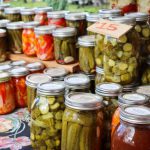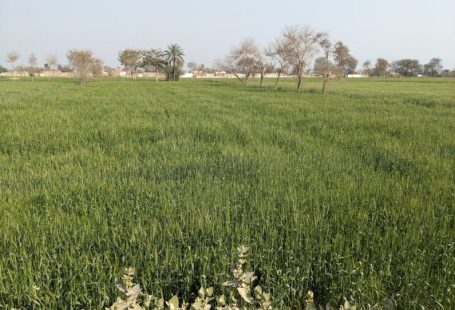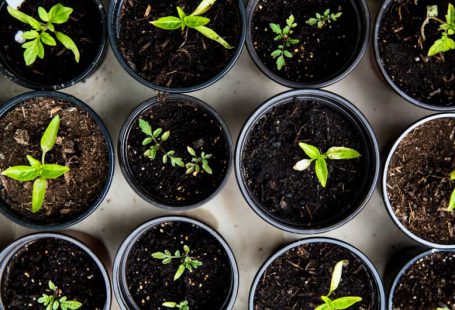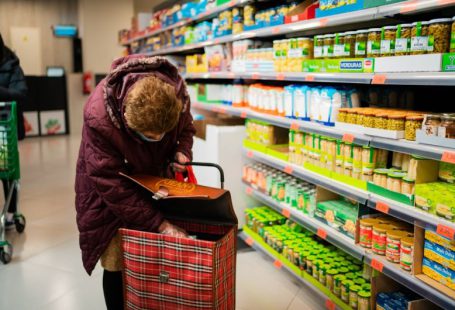Drones have revolutionized various industries with their versatility and efficiency, and agriculture is no exception. In recent years, drones have been increasingly utilized in modern agriculture to improve crop management, increase yields, and reduce costs. The role of drones in agriculture has rapidly evolved, offering farmers innovative solutions to optimize their operations and enhance productivity.
**Enhancing Crop Monitoring and Analysis**
One of the primary roles of drones in modern agriculture is in crop monitoring and analysis. Drones equipped with advanced sensors and cameras can capture high-resolution images of fields, providing farmers with valuable insights into crop health, growth patterns, and potential issues such as pests or diseases. By utilizing drones for aerial surveillance, farmers can quickly identify areas that require attention, enabling targeted interventions and minimizing the spread of problems across the entire field.
**Precision Agriculture and Data-Driven Decision Making**
Precision agriculture has been significantly enhanced by the integration of drone technology. Drones can collect a wealth of data, including soil composition, moisture levels, and plant health indicators, allowing farmers to make informed decisions about irrigation, fertilization, and pesticide application. By analyzing the data gathered by drones, farmers can create detailed maps of their fields, enabling precise and efficient management practices that optimize resource utilization and enhance overall crop health.
**Efficient Crop Spraying and Application**
Drones equipped with spraying systems have revolutionized crop management practices by offering a more efficient and precise alternative to traditional methods. With the ability to navigate fields autonomously and apply treatments with pinpoint accuracy, drones significantly reduce chemical wastage and minimize environmental impact. Additionally, drone-based spraying operations are faster and more cost-effective than manual labor, allowing farmers to cover large areas in a fraction of the time while maintaining consistent coverage.
**Monitoring and Managing Livestock**
Beyond crop management, drones are also playing a crucial role in monitoring and managing livestock in modern agricultural operations. Drones equipped with thermal imaging cameras can be used to track animal movements, identify health issues, and ensure the safety and well-being of livestock. By providing farmers with real-time aerial footage of their animals, drones enable early detection of potential problems, leading to timely interventions and improved overall animal welfare.
**Challenges and Future Opportunities**
While drones have brought significant benefits to modern agriculture, there are still challenges to overcome, such as regulatory restrictions, limited battery life, and the need for specialized training. However, as technology continues to advance, the future of drones in agriculture looks promising. With ongoing developments in artificial intelligence, machine learning, and sensor technology, drones are poised to become even more sophisticated and capable, offering farmers unprecedented levels of insight and control over their operations.
**Innovative Solutions for Sustainable Agriculture**
In conclusion, the role of drones in modern agriculture is rapidly expanding, offering innovative solutions for sustainable and efficient farming practices. From crop monitoring and analysis to precision agriculture and livestock management, drones are transforming the way farmers approach their work, enabling them to make data-driven decisions and optimize resource utilization. As the technology continues to evolve, drones are set to play an increasingly vital role in the future of agriculture, driving productivity, profitability, and environmental sustainability in the industry.





